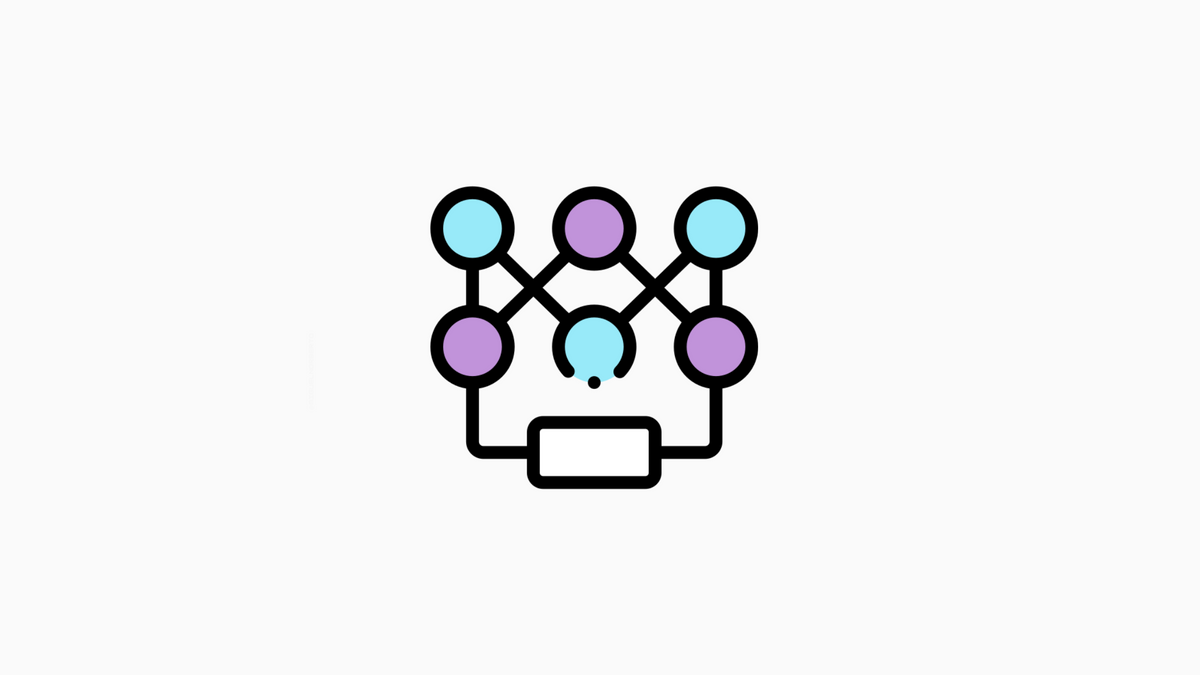What is Deep Learning?

Deep learning is a subset of machine learning that uses multiple layers of artificial neural networks to learn data representations.
Neural networks are composed of neurons, which are interconnected and can communicate with each other. Deep learning networks can be configured in many different ways, but they all share a common goal: to learn how to represent data in a helpful way for solving a task.
Deep Learning Applications
Deep learning technology is being used for various purposes, from recognizing faces and objects in pictures to improving medical diagnoses. Some of the most exciting applications are in the area of autonomous vehicles.
Deep learning is being used to train cars to drive themselves, and this technology is rapidly improving. In addition, deep understanding is being used to enhance speech recognition and natural language processing.
These applications make it possible for people to interact with computers in more natural ways.
How Deep Learning Works?
Deep learning is a subfield of machine learning inspired by the workings of the human brain. The goal of deep learning is to create computer programs that can learn from data similarly to humans.
Deep learning achieves this goal by using a technique called artificial neural networks. Artificial neural networks are computer programs modeled after the brain’s biological neural networks. They consist of a number of interconnected processing nodes, or neurons, that can learn to recognize patterns in data.
Deep learning algorithms also use a technique called backpropagation.
Backpropagation is a method for training artificial neural networks. It works by propagating errors, or gradients, back through the network layers to be corrected. This allows the web to learn from its mistakes and improve its performance over time.
Advantages of Deep Learning
Deep learning is a subfield of machine learning concerned with algorithms inspired by the workings of the human brain. In deep learning, a computer model is trained to automatically learn and improve its performance on a task, such as recognizing objects in photos or translating text from one language to another. Deep learning has demonstrated impressive results in many challenging studies, including image recognition, speech recognition, and natural language processing.
One of the advantages of deep learning is that it can be applied to a wide range of tasks. Deep learning models can be trained to recognize patterns in data regardless of its complexity or size. Additionally, deep learning models can learn from unlabeled or unstructured data. This allows for more data to be used for training, which leads to better performance.
Limitations of Deep Learning
Deep learning algorithms are powerful tools, but they are not always perfect. There are several limitations to deep learning that researchers need to take into account when using these algorithms.
One limitation is the amount of data needed to train a deep learning algorithm. In addition, this data must be appropriately labeled so that the algorithm can learn how to identify patterns. If there is not enough data or if the information is not labeled correctly, the algorithm may not work as expected.
Another limitation is the number of layers in a deep learning algorithm. The more layers an algorithm has, the more complex its decision-making process will be. However, too many layers can also lead to problems with accuracy and efficiency.
Finally, deep learning algorithms are often susceptible to interference from outside noise sources. This interference can cause the algorithm to produce inaccurate results or fail altogether.
Final Thought
Deep Learning will continue to grow in popularity and be applied in more and more domains.
As more data becomes available and Deep Learning algorithms improve, the potential for these techniques to revolutionize many industries is genuine. We are only starting to scratch the surface of what is possible, so stay tuned for even more amazing advances in the years to come!